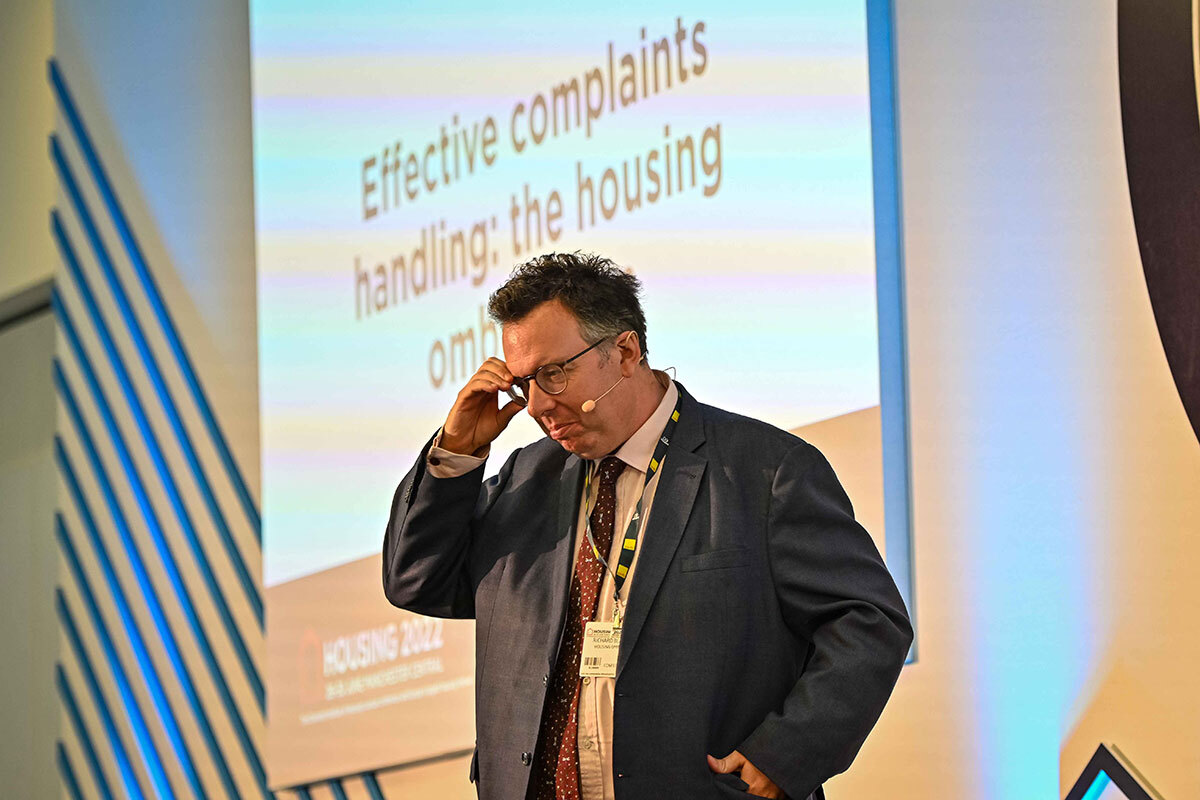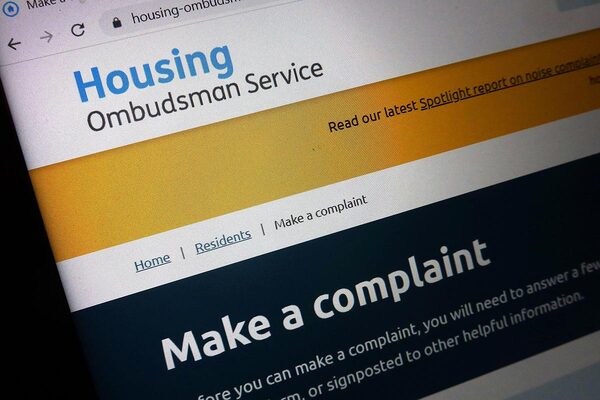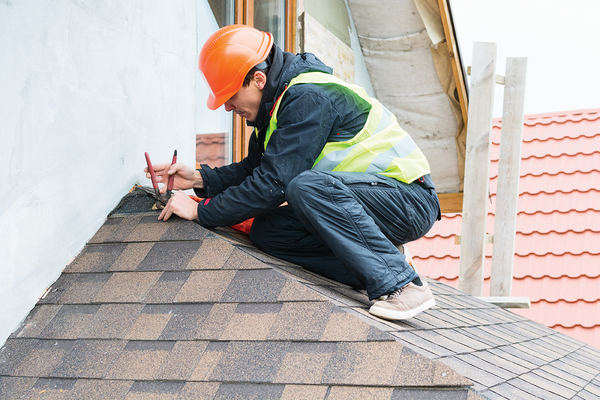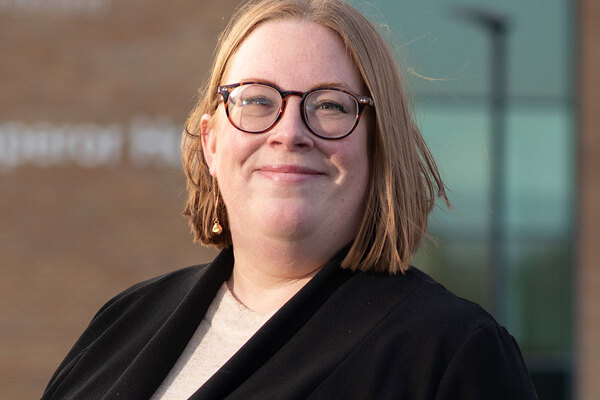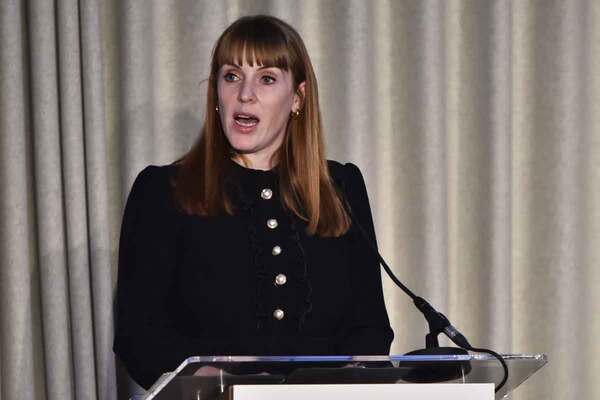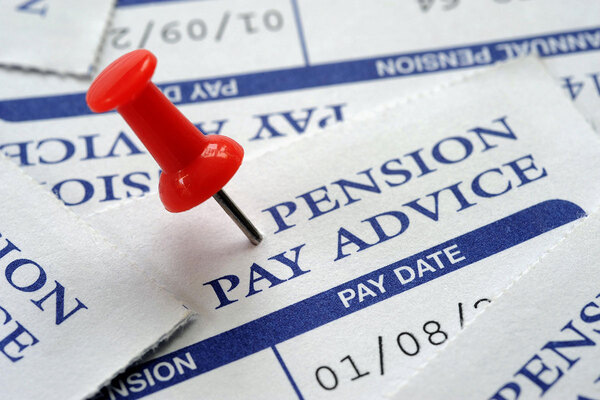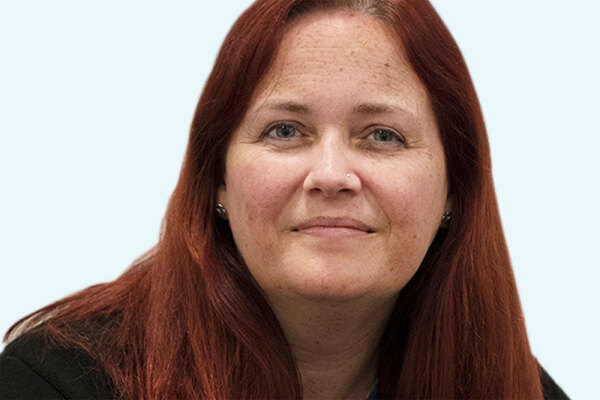You are viewing 1 of your 1 free articles
Ombudsman complaints review reveals 323% increase in severe maladministration findings
The Housing Ombudsman’s annual complaints review for 2022-23 has revealed that the number of severe maladministration findings increased by 323%.
The ombudsman’s annual complaints review revealed that severe maladministration findings were up from 31 to 131 last year, while maladministration findings increased by 40% to 2,430.
However, there was a 20% drop in no maladministration findings.
Of the severe maladministration findings, 112 were for landlords with more than 10,000 homes.
The maladministration rate, which increased quarter on quarter throughout the year, as a whole went from 43% to 55% in 2022-23.
The watchdog has written to all the landlords’ chief executives on the list to bring urgent attention to the figures.
The ombudsman is also writing to five landlords that had no findings upheld, recognising their positive complaint-handling approach.
Speaking to Inside Housing, Richard Blakeway, the housing ombudsman, explained that he feels the overall picture was mixed, but believes there are positive steps in terms of attitudes towards improvement, and the more central role complaints are playing in landlords’ decision-making.
He said: “I think you’re starting to see the Complaints Handling Code get embedded into landlords’ complaints procedures and that’s encouraging as we try and move away from a postcode lottery approach.”
While he admitted that the annual review data was not all great, Mr Blakeway said the fact that 44% of residents feel that complaints do lead to change, up from 30% on 2021-22, showed progress is being made.
As part of the annual review, the ombudsman also published a list of 91 social landlords with maladministration rates of more than 50%, revealing that Norwich City Council has a rate of 100%.
Norwich, which has 14,500 homes, explained that the report relates to five cases concerning repairs to properties and how the council handles complaints.
The council added: “These have now been resolved and we are actively working to improve the services we provide to residents.”
The data also reveals that 20 landlords had a maladministration rate of 80% or more. Enfield Council came second on the list with a rate of 90%, Welwyn Hatfield Borough Council third with a rate of 89%, and Barking and Dagenham fourth with a rate of 88%.
Welwyn Hatfield Borough Council pointed out that its rate of 89% was related to just four complaints received from tenants from a stock of 9,500 homes.
"We strive to get things right first time for our tenants and on these occasions, we recognise we could have done better and complied with 100% of the orders made within three months", the council said.
The rate for local authorities was slightly higher than housing associations – 62% compared to 50%.
“We have found that due to less resource, it is harder for local authorities to offer reasonable redress, therefore ending up with more maladministration findings,” the ombudsman said.
Councillor Darren Rodwell, housing spokesperson for the Local Government Association said: “Councils are working hard to deliver good outcomes for tenants – despite significant financial constraints – and are committed to improving housing conditions for all residents."
For the first time, the watchdog received more than 5,000 complaints that were escalated for formal investigation – a 27% increase on the previous year.
Last year, the ombudsman ordered or recommended that social landlords pay £1.1m in compensation to residents, and made 6,590 orders and recommendations.
The review also revealed an increase in maladministration findings and a decrease in findings of no fault. More than half of findings were upheld for the first time.
Once again, the main complaint type was property condition – the ombudsman made nearly 2,000 findings on this alone, accounting for 37% of all the findings it made last year.
There was also a sharp increase in the maladministration rate in property condition, going from 39% to 54%.
Complaint-handling was the second-largest category of complaint and had a 76% maladministration rate.
The ombudsman issued 146 complaint-handling failure orders in 2022-23; 73% were for landlords with 10,000 or more homes.
The review also included some regional data, which showed that the North East and Yorkshire had the lowest severe maladministration rate.
London continues to be where the ombudsman makes most of its determinations.
It had the highest maladministration rate and accounted for 77 of the 130 severe maladministration findings last year.
Although the Midlands had the second-highest number of determinations made, the maladministration rate for that area was lower than the East of England and the South East.
The North East and Yorkshire had the lowest number of determinations per 10,000 homes and had the lowest maladministration rate for property condition with 47%.
The region also had a noticeably lower maladministration rate for anti-social behaviour (ASB) complaints with 23% instead of most of the other regions ranging from 30% to 52%.
The South West had the lowest maladministration rate of all the regions at 45% and significantly lower maladministration rate for health and safety complaints at 29%, compared to other regions which were 40% to 60%.
However, the severe maladministration rate was the second highest.
Mr Blakeway added: “While the statistics reflect a picture of poor practice, they also reflect the increased pressures we know that social landlords are facing with a combined housing and cost of living crisis.
“However, despite some notable efforts, what our data shows is a fundamental gap between some of the services landlords deliver and the reasonable expectations of their residents.
“Too often residents with disabilities or mental health needs are falling between those gaps. Too often the basics are not being done properly, with straightforward communication or record-keeping being missed, leading to problems becoming more severe.
“This is leading to residents being treated unfairly and experiencing financial detriment or losing the enjoyment of their home.
“As part of the Social Housing (Regulation) Act our powers have increased as we will soon be issuing wider orders to help landlords improve their policy and practice in key areas where we see potential for repeated failings.
“Next year, we will also be looking at developing good practice under our Centre for Learning and strongly encourage governing bodies to consider the review and what further action they can take to improve the outcomes for their residents.”
The Housing Ombudsman last week published details of its enhanced new powers, including the ability to order landlords to re-evaluate policy.
Mr Blakeway told Inside Housing that the new powers will give it more tools to promote learning and get to the root cause of service failure.
Housing Secretary Michael Gove said the findings “must be a wakeup call for failing social housing landlords”.
He said: “I want all tenants to feel empowered to stand up to bad landlords and go to the Ombudsman when issues remain unresolved – which is why we have been running the Make Things Right campaign, to inform social housing tenants of their rights.
“Our Social Housing Regulation Act is driving up standards across the industry and we are introducing Awaab’s Law, forcing social landlords to fix damp and mould issues within strict timeframes.
“Let me be clear to failing social landlords, we will not hesitate to take robust action if you continue to let down your tenants.”
Landlords with high maladministration rates, 2022-23
| Landlord | Maladministration rate |
| Norwich City Council | 100.00% |
| London Borough of Enfield | 90.00% |
| Welwyn Hatfield Borough Council | 88.90% |
| London Borough of Barking and Dagenham | 88.20% |
| Basildon Borough Council | 86.70% |
| Thrive Homes | 85.70% |
| Birmingham City Council | 85.20% |
| Hammersmith and Fulham Council | 83.80% |
| Inquilab Housing Association | 83.30% |
| Poplar HARCA | 83.30% |
| RHP | 83.30% |
| Southend-on-Sea City Council | 83.30% |
| Haringey London Borough Council | 81.40% |
| Cheshire Peaks & Plains Housing Trust | 80.00% |
| Epping Forest District Council | 80.00% |
| ForHousing | 80.00% |
| Hightown Housing Association | 80.00% |
| Housing For Women | 80.00% |
| Lewes District Council | 80.00% |
| Weaver Vale Housing Trust | 80.00% |
| Lambeth Council | 79.70% |
| Broadland Housing Association | 77.80% |
| East Devon District Council | 76.90% |
| Southwark Council | 76.90% |
| GreenSquareAccord | 76.30% |
| Ashford Borough Council | 72.70% |
| Havering Council | 72.70% |
| London Borough of Brent | 72.70% |
| Gateway Housing Association | 71.40% |
| London Borough of Hounslow | 71.40% |
| Chisel Limited | 70.00% |
| Sovereign Housing Association | 69.40% |
| Gentoo Group | 69.20% |
| Royal Borough Of Greenwich | 69.20% |
| Slough Borough Council | 69.20% |
| Paragon Asra Housing Limited | 68.10% |
| Great Places Housing Group | 68.00% |
| Wandle Housing Association | 67.30% |
| Arun District Council | 66.70% |
| Estuary Housing Association | 66.70% |
| Islington and Shoreditch Housing Association | 66.70% |
| Kingston upon Hull City Council | 66.70% |
| Lewisham Council | 66.70% |
| London Borough of Croydon | 66.70% |
| Manchester City Council | 66.70% |
| Nottingham City Council | 66.70% |
| Hyde Housing Association | 65.60% |
| Camden Council | 65.50% |
| Livv Housing Group | 65.20% |
| A2Dominion Housing Group | 64.80% |
| Harlow District Council | 64.30% |
| Believe Housing | 63.60% |
| Longhurst Group | 63.60% |
| Walsall Housing Group | 63.60% |
| London Borough of Hackney | 63.30% |
| Southern Housing Group | 63.30% |
| Westminster City Council | 62.70% |
| London Borough of Barnet | 62.50% |
| London Borough of Ealing | 62.50% |
| Sheffield City Council | 62.50% |
| London & Quadrant Housing Trust | 62.30% |
| Incommunities | 61.10% |
| East End Homes | 60.00% |
| Newcastle City Council | 60.00% |
| Salix Homes | 60.00% |
| Soho Housing Association | 60.00% |
| Southway Housing Trust (Manchester) | 60.00% |
| Tower Hamlets Council | 60.00% |
| Torus62 | 58.80% |
| Peabody Trust | 57.60% |
| bpha | 57.10% |
| Johnnie' Johnson Housing Trust | 57.10% |
| Islington Council | 56.80% |
| Leeds City Council | 56.80% |
| Orbit Group | 55.80% |
| Melton Borough Council | 55.60% |
| Wolverhampton City Council | 55.60% |
| Metropolitan Thames Valley Housing | 54.70% |
| Connect Housing Association | 54.50% |
| Cross Keys Homes | 54.50% |
| Homes Plus | 54.50% |
| Thurrock Council | 54.50% |
| West Kent Housing Association | 54.50% |
| Clarion Housing Association | 53.60% |
| Bristol City Council | 53.30% |
| Shepherds Bush Housing Association | 53.30% |
| Network Homes | 52.80% |
| Rochdale Boroughwide Housing | 52.60% |
| The Guinness Partnership | 52.00% |
| Gateshead Metropolitan Borough Council | 50.00% |
| North West Leicestershire District Council | 50.00% |
Source: Housing Ombudsman
Sign up for our asset management newsletter
Already have an account? Click here to manage your newsletters
